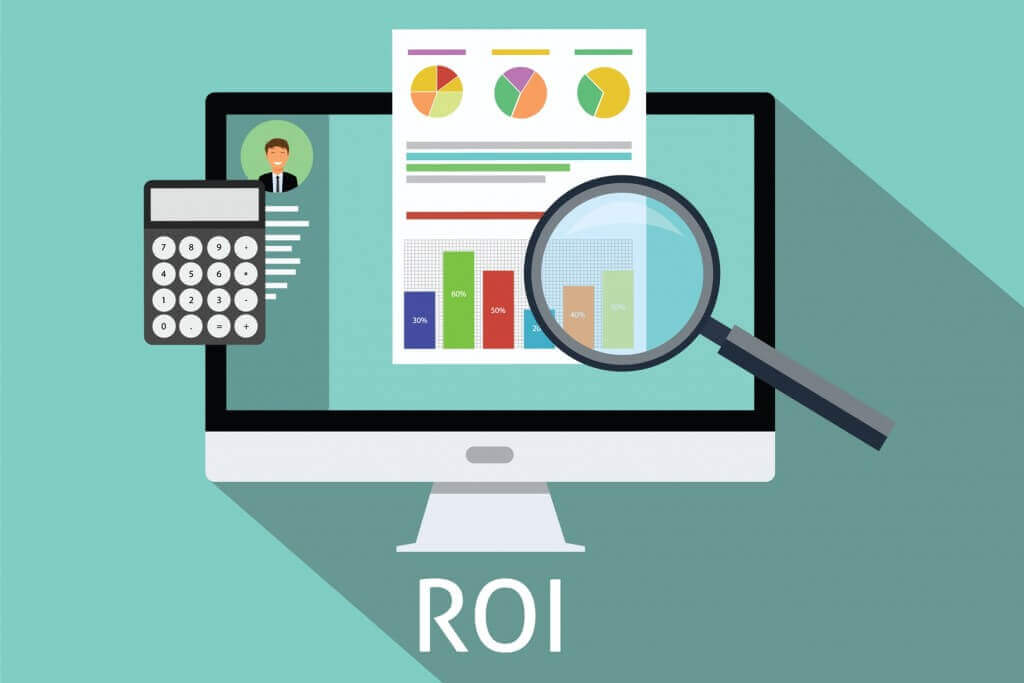
Lookback windows are crucial for any travel marketer’s attribution model, because they assist you in measuring your marketing strategy. To help you understand this concept, let’s review the five W’s of lookback windows.
NB: This is an article by Dani Moragne at Sojern
Accurately measuring the effectiveness of your marketing efforts requires a number of different components, including a solid understanding of lookback windows. We’ve laid out attribution in all it’s complexity in our The Travel CMO’s Guide to Selecting an Attribution Model but here focus on explaining the key components of the lookback window.
What is a lookback window?
Imagine you’re running banner ads for your newest hotel package and you’ve received a number of bookings in the past two weeks. You want to know which bookings were driven by those banner ads.
Lookback windows allow you to do just that by setting an adjustable period of time where your analytics software monitors the time between a conversion and a traveler’s interaction with one of your ads (in this example, a view on a banner ad).
If a purchase occurs within a lookback window, the conversion is attributed to that ad.
Why are lookback windows important?
Lookback windows are essential to assign conversion credit accurately to a touchpoint. Proper credit is vital, especially now that a viewer’s path to booking is much more complex. Over the course of a week or two, a traveler might research or price compares hotels—jumping across websites, devices, and competitors at a rapid clip. Over the course of searching, they may see several of your ads.
Because of this, the traditional “last-click based” attribution model can no longer accurately illustrate what is driving success in your funnel because it only gives credit to the final ad before a conversion. In reality, a path to purchase is a string of several events, and a lookback window lets you review each one.
Who needs lookback windows?
Travel marketers looking to measure their campaign success and accurately understand how their marketing efforts work throughout the funnel need lookback windows.
When do you attribute a conversion to a touchpoint?
The ideal time period of a lookback window varies. Because an attribution model for an airline purchase might be much longer than that of a hotel spa package. As travelers typically have a longer lead time to research flights and prices than they do a spa package, each kind of purchase requires different windows.
As digital advertising continues to evolve, the ability to measure success and understand all aspects of your marketing funnel is a game-changer. These insights are powerful assets to help you stay ahead of the competition and drive guests to your site. Implementing lookback windows is a key step in optimizing your marketing effectiveness.




